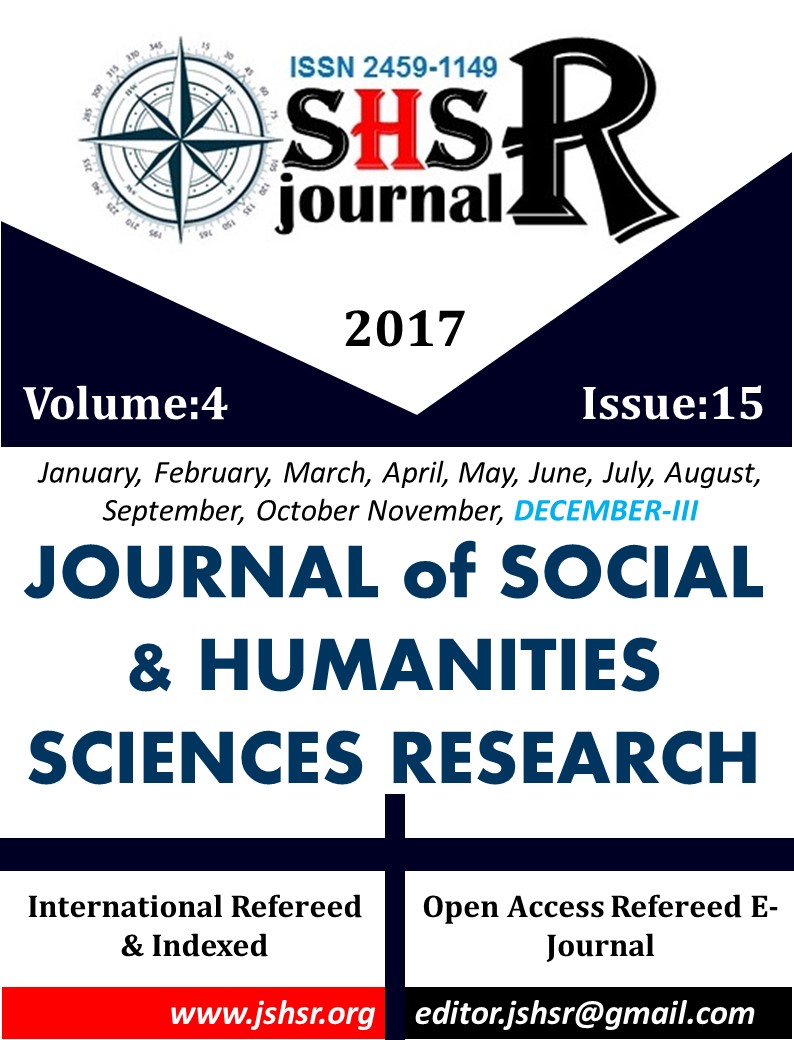READING THE URBAN TEXTURE IN THE COMMENTS OF ARTISTS FROM THE PERSPECTIVE OF FIRST YEAR STUDENTS OF ARCHITECTURE; URBAN TEXTURE DERIVATIONS
DOI:
https://doi.org/10.26450/jshsr.304Keywords:
Basic Design, Architecture Education, Urban Texture, Culture, WorkshopAbstract
The freshman year is an important period in the adaptation of students coming from formal education into training in architecture. In this period, fundamentals are established regarding the transition of the students from classical thinking and questioning habits in formal education, to the versatile way of thinking and questioning in the practice of architecture. Significant issues in this period include students’ ability to convert their ideas from tangible to intangible, and from intangible to tangible. In the scope of this issue, students should be supported by various practices to develop this ability. In the academic year of 2015-2016, Semester I students at the department of Architecture at Necmettin Erbakan University were divided into groups in scope of the Basic Design class, and they were asked to compare the languages of urban texture that form the shaping of Western and Turkish-Islamic cities in terms of all values that constitute culture. The students interpreted the works of artists (painters, miniature artists) from different cultures and approaches on urban texture, using different materials in the framework of fundamental elements and principles of basic design. Our study aimed to investigate the extent to which the students were able to use basic design elements in scope of basic design principles within this experience. As a result, it was seen that the students were able to partially perceive urban textures via a visual work, they were not able to reach the potential of using different materials, and they tried to interpret basic design elements in terms of culture via the agency of basic design principles. With this study, it was concluded that multilayer configuration in architecture education may be supported and improved by such experimental practices
Downloads
Published
How to Cite
Issue
Section
License
Copyright (c) 2017 INTERNATIONAL JOURNAL OF SOCIAL HUMANITIES SCIENCES RESEARCH

This work is licensed under a Creative Commons Attribution 4.0 International License.


